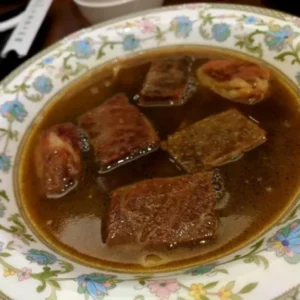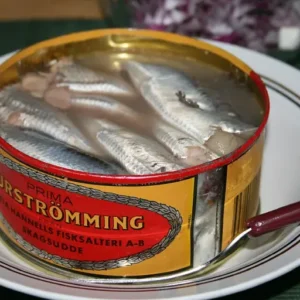If travel is a way of tasting the soul of a place, then there’s a drink in Turkey that doesn’t just quench thirst—it tells a story. A story of wind-swept plains, of wandering tribes, of empires that came and went, and of kitchens that remained warm for centuries. This story lives in a humble, frothy drink called ayran—and if you let it, it will live in your memory, too.
A Sip Through Time
Long before lattes and sodas crowded modern menus, there existed a drink born not from luxury but from necessity. Over 1,000 years ago, Turkic nomads roamed Central Asia, enduring scorching sun, dry winds, and long stretches of isolation. From their preserved dairy supplies—fermented yogurt—they created something extraordinary: a cooling blend of yogurt, spring water, and salt.
Simple? Yes. But behind its simplicity was genius. Ayran didn’t just hydrate; it nourished. It replenished lost salts. It soothed the digestive system after heavy meat dishes. It was medicine, refreshment, and ritual all in one.
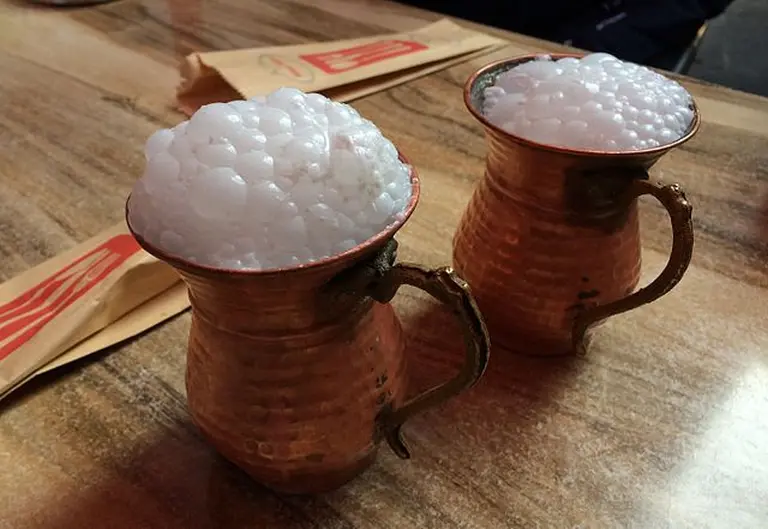
And when the Seljuks and Ottomans brought their traditions westward, they carried ayran with them—across Anatolia, into palaces and village homes alike.
The Quiet Soul of Turkish Cuisine
Today, in the chaos of Istanbul’s Grand Bazaar or the lavender-scented breeze of Isparta, you’ll still find ayran everywhere—from roadside kebab shops to high-end restaurants. But unlike the colorful cocktails of beach resorts or sugary sodas of global chains, ayran is not designed to impress. It’s designed to belong.
It arrives, often in a cool copper cup, with no flourish—just a silent invitation to slow down.
Pair it with grilled lamb, and the salt cuts through the fat like a song. Sip it with spicy köfte, and the tang balances the fire. Taste it on its own, and you may find yourself transported—if not through time, then certainly through place.
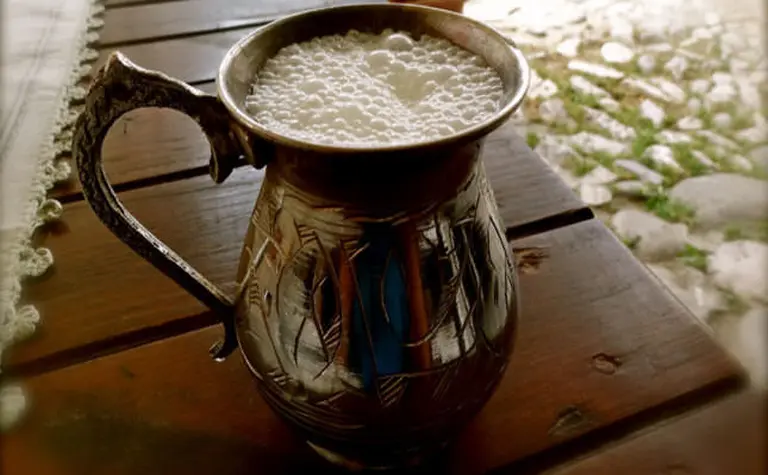
It is not uncommon for locals to say, “If you don’t like ayran, you haven’t had the right one.” And they’re probably right. The magic lies in how it’s made.
Variations of a Classic
Just as wine changes from valley to valley in Italy or cheese carries the imprint of French terroir, ayran in Turkey tells its own regional tales:
Susurluk Ayran: This frothy, almost foamy version comes from the northwest. Locals pride themselves on its creamy body and swirling top layer, whipped to perfection in traditional stone cups.
Yayık Ayran: Found in Anatolian villages, it’s churned by hand using ancient butter-making methods. Earthier, gentler, and often accompanied by rural hospitality.
Açık Ayran: Literally “open ayran,” this is freshly mixed by hand at restaurants, unlike the bottled supermarket varieties (kapalı ayran). Richer, smoother, and often sprinkled with a hint of mint or cucumber.
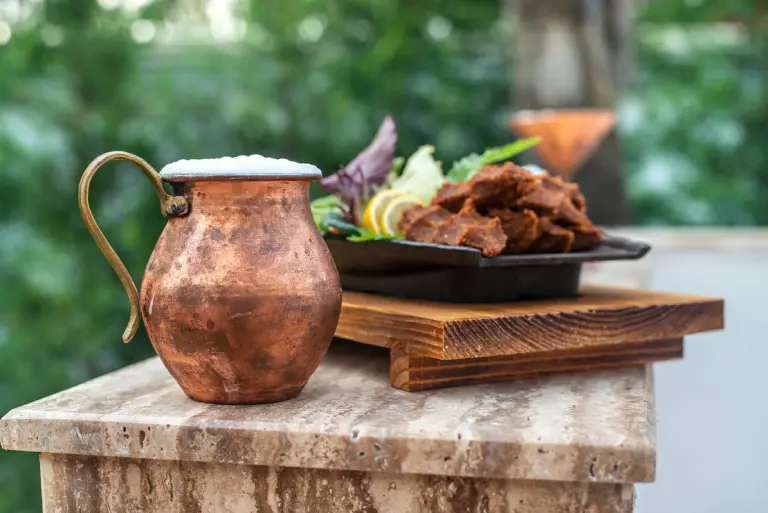
Some modern chefs even carbonate it or infuse it with herbs, but the soul remains unchanged. Wherever you drink it, ayran is still the drink of workers, wanderers, and wise men.
An Invitation to Travelers
For the curious traveler, ayran is not just a stop on the culinary map—it’s a cultural compass. It shows you where tradition still lives. It reveals the contrast between bustling modern cities and the stillness of Anatolian villages.
Try this: after a hot morning in Cappadocia, walking among cave churches and dry rock valleys, find a local eatery. Order a kebab and ask for ayran “açık.” Let it arrive chilled, perhaps sweating lightly in the midday sun. Then sip.
That moment—salty, cold, tangy, calming—is not just a drink. It’s a bridge. Between past and present. Between you and the land.

You’ll see old men stirring theirs slowly. Young students gulping it down with dürüm in hand. Children learning to love its salty twang. There is something communal in ayran—something democratic. It’s a drink that everyone shares, regardless of class, age, or belief.
A Memory You Can Bring Home
When you leave Turkey, you’ll pack your suitcase with spices, scarves, and maybe a few evil-eye charms. But ayran—well, that’s the one thing that stays with your senses.
You might try to recreate it in your kitchen. Yogurt, water, a pinch of salt. Blend. Pour over ice. It’ll be close, but something will be missing. Not in flavor, perhaps—but in feeling.
Because what you’re missing isn’t in the recipe. It’s in the rhythm of Turkish life: the call to prayer drifting through old stone alleys, the hum of a samovar, the clink of copper cups on wooden tables, the quiet smile of a stranger handing you something they’ve drunk since childhood.
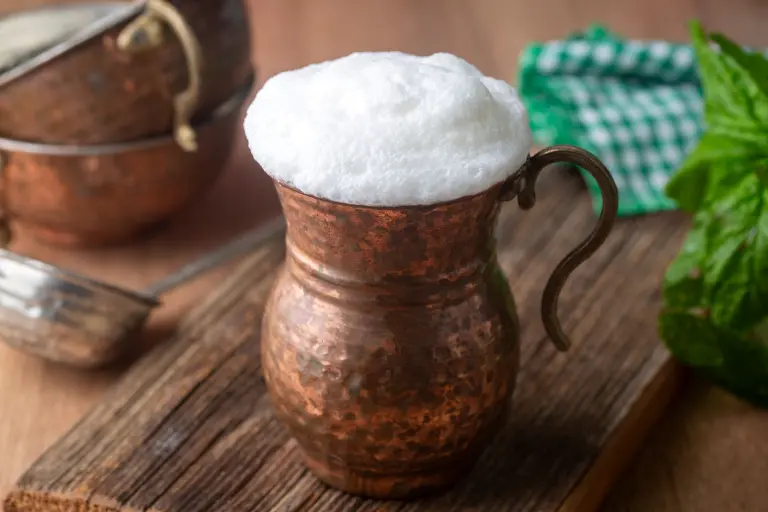
That, dear traveler, is what makes ayran unforgettable.
Epilogue: More Than a Drink
Not every great travel story comes with an epic view. Sometimes, it comes in a humble glass filled with white froth and ancient memory.
So the next time you’re in Turkey, don’t just look for the postcard moments. Sit down. Let the world slow. And order an ayran.
Because in that one simple sip, you may just taste a thousand years of history.
And more importantly—you may feel like you’ve come home.


